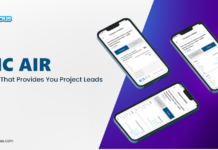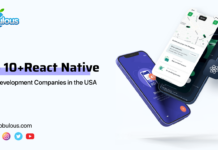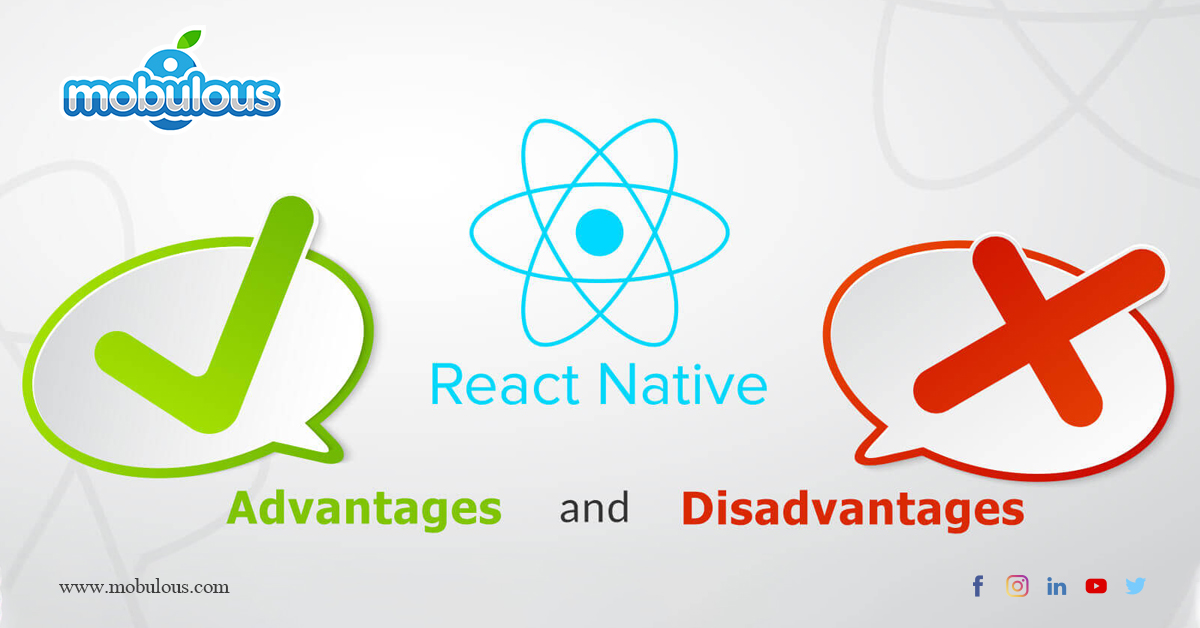It can be challenging to create a React Native app. It requires knowledge of JavaScript, React.js, and the React Native framework. It takes a significant amount of time and effort to write the code and build the app, and even more to make sure it runs smoothly. React Native is a powerful tool that can be used to build complex applications, but if you don’t know what you’re doing, it can be easy to make mistakes.
However, like any technology, it’s important to understand the potential pitfalls before diving in. From design to performance, there are a number of mistakes that can easily be avoided when creating a React Native app. This article will help you identify and avoid those mistakes to ensure your app is a success.
Following are the 7 mistakes to avoid:
1. Log entries in the app left:
An application must have a log statement in order to be debugged. It guarantees a bug-free app experience during the application’s executive stage. Nonetheless, it is still required to get rid of the log statements before dealing with React Native applications.
The official React Native documentation states that: “When executing a packaged app, these statements can significantly slow down the JavaScript thread. Be sure to get rid of any calls from debugging libraries like redux-logger before bundling.
So, you must ensure that the log statements are removed before publishing the application.
2. Failing to optimize photographs
Whilst several image formats are supported by React Native, not all of them are mobile-friendly. Images that are large or have a high resolution can use up a lot of memory and cause the program to run slowly. On devices with limited resources, this may be a particular issue. A slow application load time can result in a bad user experience when loading huge images over a network.
Developers can minimize the file size of photographs without sacrificing quality by optimizing the images. Both the memory usage and load time will go down as a result. There are numerous methods for doing this. For various purposes, a developer can employ the appropriate picture format, compression, and resolution.
3. Improper redux storage planning
A useful tool that aids in the efficient management of an application is Redux. It also enables you to save the data that the app has collected appropriately. Redux is typically used to manage bigger, heavier applications.
Redux is used by React Native. To prevent problems, you must adequately plan it. The workload may rise if Redux is used more frequently. While this may make sense for large applications and projects, it is inappropriate for smaller initiatives.
This is due to Redux’s requirement that you write lengthy, intricate codes even for the slightest adjustments. Redux is therefore best avoided when building a React Native app for a small app. It will produce
4. Not developing unit tests
Not completing unit testing is another error that developers commit frequently while creating react native apps. Because most developers are used to working without written unit tests, they typically overlook this phase. Yet, pushing forward with work without a unit test in place can be hazardous.
It can be difficult to fix flaws and problems after the product has been launched or until the very last minute. When a product with flaws is made available to the general public, it reflects poorly on both the product and the brand. Testing its operation and making sure all components are in perfect working order before the event is the best strategy to avoid it.
5. Incorrect estimate
- Versions of the layout for iOS and Android – Sure, there will be a lot of reused parts, but other configurations might also be possible. In reality, even the basic layout of an application page might vary significantly between iOS and Android.
- Budget for the arrangement of the validation when using forms. Writing more code when developing an app with this framework is expected because React Native demands more coding than a hybrid platform like Cordova.
- Before creating a Web app, look at all the different backend APIs that are available. Everything should be correctly coded since you will be handling the app’s logic.
- Knowing the structure of the database, the connections between its various components, etc.
6. Stateless component usage
Up to React 16, the stateless component was a terrific way for developers to improve React Native speed, but it is no longer an option. Although it’s less effective now, some people still use it.
A stateless component contains no local variables or class extensions. They merely give back the data that was given to them in the DOM. They enable quick deployment, and simple testing, and enable the team to introduce the product to the market sooner. Yet, they are not regarded as perfect in the current case scenarios.
7. Ignoring good coding practices
React offers a number of standards and coding practices that can be used. Yet, very little code is discovered to follow these rules. These procedures could advance the development procedure.
When writing your code, it is imperative to pay attention to factors like human readability and conciseness. It can cost the project a lot of time and resources to continue if it is not addressed right away.
CONCLUSION:
Developing a React Native app can be a great way to reach a wide audience and increase user engagement. However, if not done correctly, it can lead to costly mistakes and a poor user experience. This article has outlined six mistakes to avoid when creating a React Native app which include log entries in the app left to ignoring good coding.
With the right knowledge and careful planning, developers can create an effective React Native app that meets their users’ needs and avoids costly mistakes.
So, if you’re looking for a developer who can create a React Native app for your business, then it’s better for you to contact top rated mobile app developers who can understand your business prerequisites and act accordingly. Mobulous is one of the top-rated mobile app developers. Contact us today to discuss your project.






























